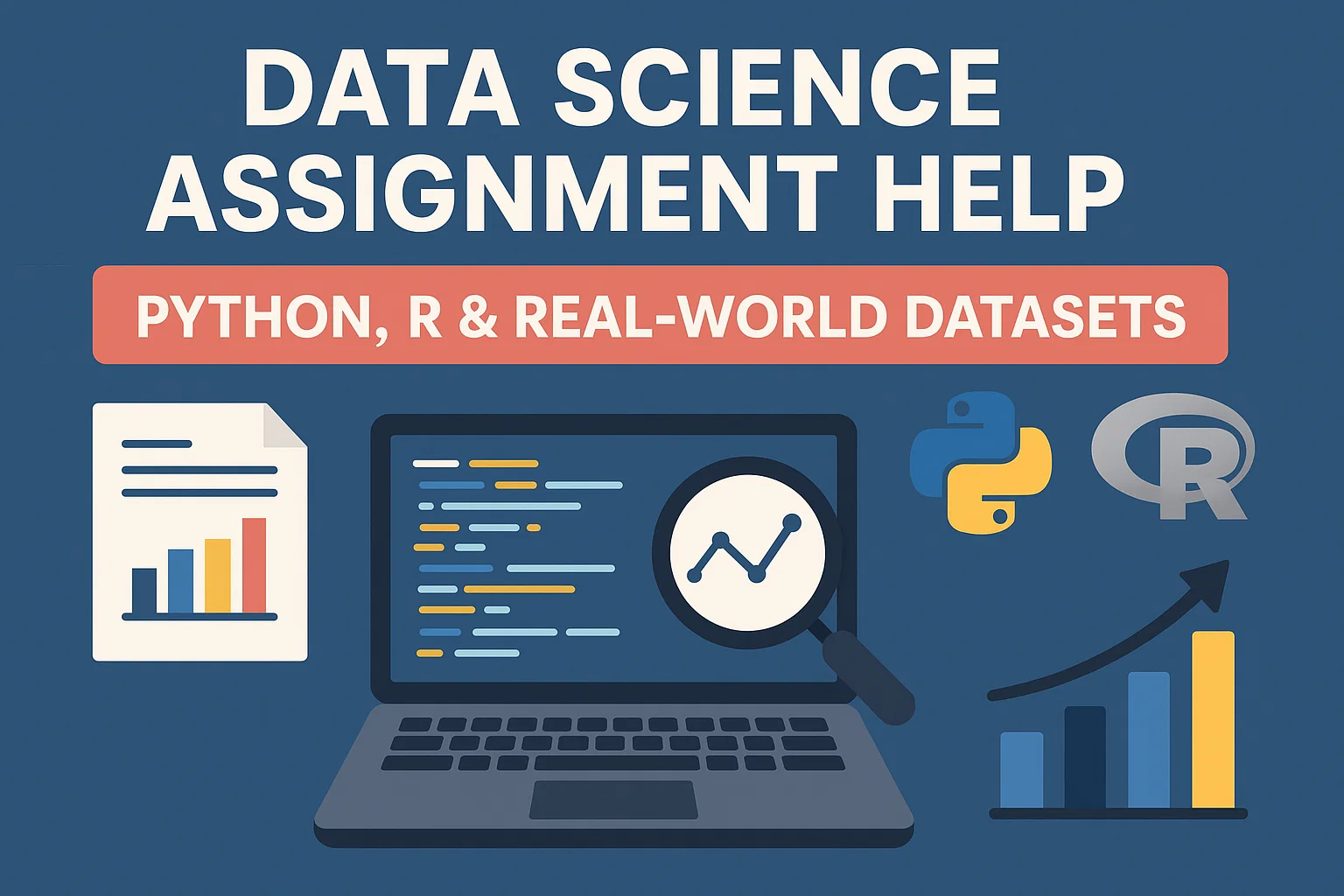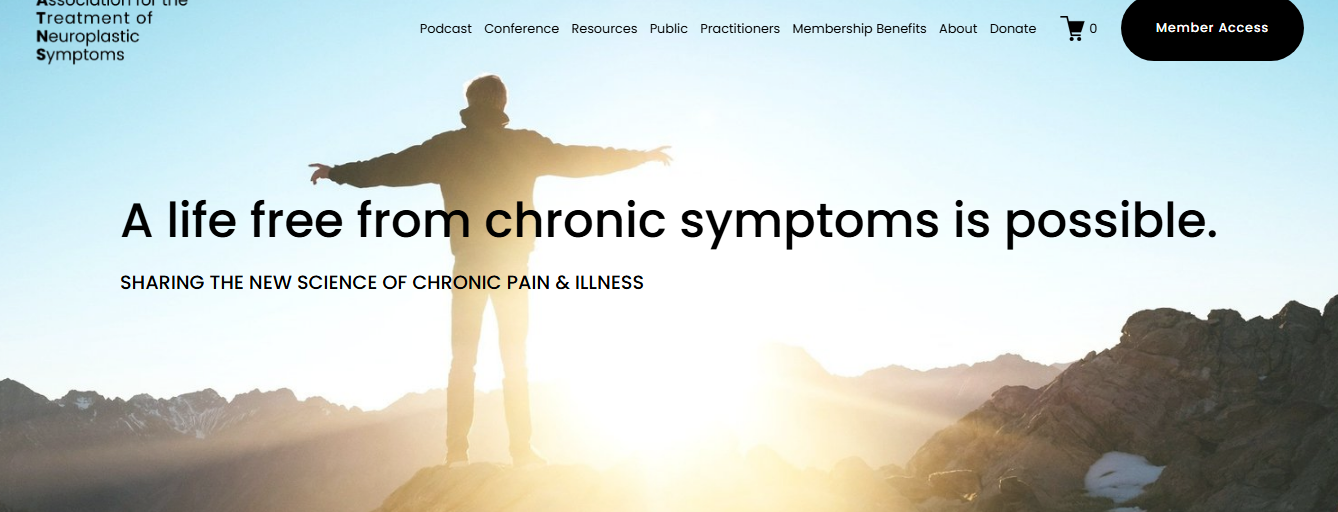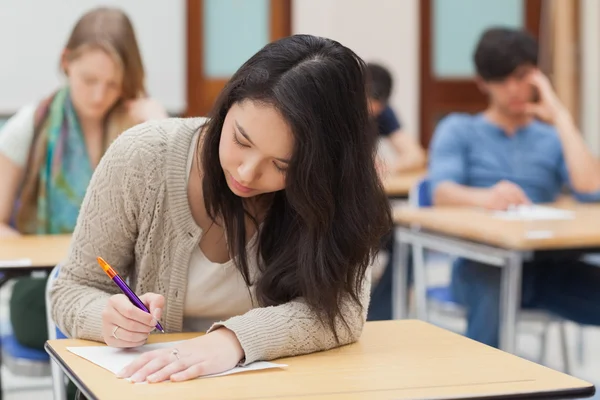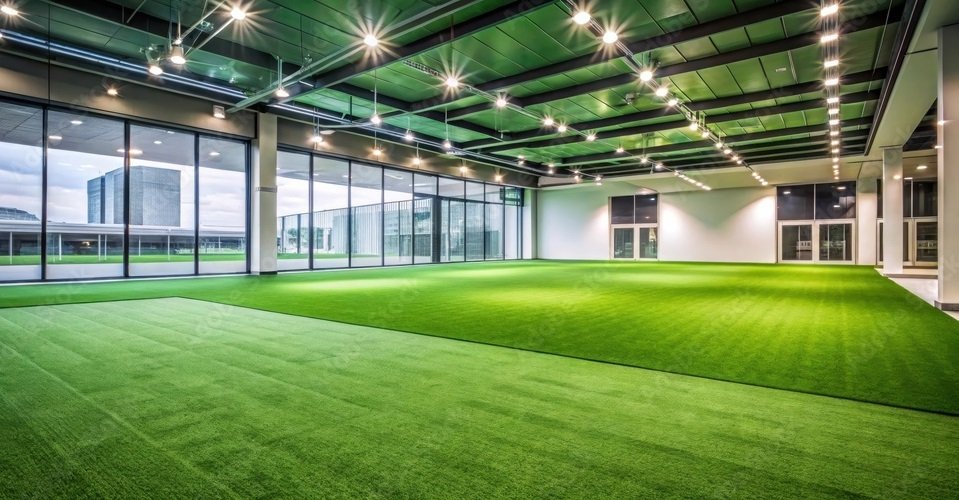Creativity and memory are often viewed as two distinct faculties of the human mind. However, emerging research has unveiled fascinating connections between these cognitive processes, underscoring their interdependence and relevance to aspects such as the generation effect and mental health. This article explores the surprising link between creativity and memory, delves into how this connection operates, and examines its profound implications for personal growth, education, and mental well-being.
Understanding Creativity and Its Cognitive Foundations
Creativity involves the ability to generate novel and useful ideas or solutions. It is often linked to divergent thinking, which enables individuals to think beyond conventional pathways and explore alternative possibilities. Creativity is a multifaceted construct influenced by genetics, environment, and experience, and it engages several brain regions, including the prefrontal cortex and the hippocampus.
The cognitive foundations of creativity also include working memory, long-term memory, and associative networks. Working memory supports the mental manipulation of ideas, while long-term memory provides a reservoir of past experiences and knowledge that can be drawn upon to form creative connections. The interplay of these elements highlights the fundamental role of memory in fostering creativity.
The Neuroscience of Memory: A Brief Overview
Memory, the brain’s capacity to encode, store, and retrieve information, is classified into different types:
- Sensory Memory: Processes initial sensory input, lasting only a fraction of a second.
- Short-Term Memory (STM): Temporarily holds information for immediate use.
- Long-Term Memory (LTM): Stores information indefinitely for retrieval at later times, including explicit (declarative) and implicit (procedural) memories.
The hippocampus plays a critical role in forming long-term memories, while the prefrontal cortex coordinates working memory and decision-making. These regions are also integral to creative thought processes, indicating significant overlap in the neural networks governing creativity and memory.
How Creativity and Memory Are Interlinked
1. Memory as a Source of Creative Inspiration
One of the most apparent connections between creativity and memory is the role of memory as a source of inspiration. Long-term memory provides a rich repository of experiences, facts, and concepts that individuals can draw upon to synthesize new ideas. This synthesis often occurs through a process called “associative memory,” where related but seemingly disparate elements are combined to create novel insights.
2. The Generation Effect and Creative Thinking
The generation effect refers to the phenomenon where individuals are more likely to remember information they generate themselves rather than information passively received. This principle is highly relevant to creativity. When individuals actively create something—whether it’s a poem, a piece of art, or a new idea—they engage deeply with their memory systems. The act of generation reinforces memory encoding and retrieval processes, creating a positive feedback loop between creativity and memory retention.
3. Creativity Enhancing Memory Performance
Studies have shown that engaging in creative activities can enhance memory performance. For instance, using storytelling techniques to learn new material improves recall because narratives activate both logical and emotional centers of the brain. Similarly, drawing as a creative exercise has been found to improve memory, as it involves motor, visual, and semantic processing, enriching the encoding process.
4. Memory Reconsolidation and Creative Flexibility
Memory is not static; it undergoes reconsolidation when recalled, allowing for updates and modifications. This malleability of memory is closely related to creative flexibility. During reconsolidation, previously stored memories can be reimagined or restructured, enabling individuals to reinterpret past experiences in innovative ways. This ability is crucial for problem-solving and artistic endeavors.
The Role of Creativity and Memory in Mental Health
The connection between creativity and memory extends beyond cognitive functions to influence mental health. Creative expression and memory play critical roles in emotional regulation, stress reduction, and overall psychological well-being.
1. Creativity as a Therapeutic Tool
Engaging in creative activities such as painting, writing, or music can serve as a therapeutic outlet, helping individuals process emotions and reduce stress. Creative endeavors encourage individuals to access memories, articulate their experiences, and find new perspectives. This process promotes mental clarity and emotional resilience.
2. Memory and Trauma Healing
Memory plays a crucial role in trauma recovery, as it allows individuals to revisit, reframe, and release painful experiences. Creative therapies, such as art or drama therapy, leverage the generation effect to help individuals actively reconstruct their narratives, fostering healing and emotional growth.
3. Enhancing Mental Resilience Through Creativity
Regular creative engagement strengthens cognitive and emotional resilience. It fosters a sense of purpose, self-expression, and accomplishment, which are vital for maintaining good mental health. Moreover, creative activities stimulate brain regions associated with pleasure and reward, releasing dopamine and improving mood.
Real-World Applications of the Creativity-Memory Connection
1. Education
In educational settings, understanding the link between creativity and memory can enhance teaching and learning strategies. Encouraging students to generate their own explanations, create mind maps, or design projects activates the generation effect, improving retention and understanding.
2. Workplace Innovation
Organizations can harness the connection between creativity and memory to foster innovation. Techniques such as brainstorming sessions, collaborative problem-solving, and reflective practices tap into employees’ memory reserves and creative potential, driving productivity and innovation.
3. Personal Development
On an individual level, integrating creative activities into daily routines can boost memory, problem-solving skills, and mental well-being. Activities such as journaling, sketching, or even playing memory-enhancing games like chess can cultivate cognitive and creative growth.
Practical Tips to Strengthen the Creativity-Memory Bond
1. Practice Creative Journaling
Maintaining a journal for daily reflections, ideas, and sketches combines the benefits of creativity and memory. This practice encourages self-expression while reinforcing the retention of life’s moments.
2. Engage in Mindful Observation
Mindful observation involves paying attention to surroundings, sounds, and sensations. This activity enriches sensory memory and serves as a wellspring for creative ideas.
3. Utilize Visualization Techniques
Visualization enhances both creativity and memory. For example, imagining vivid mental images of concepts can improve recall and inspire innovative solutions.
4. Participate in Creative Group Activities
Collaborative activities such as improvisational theater or group art projects stimulate memory and creativity by combining social interaction with generative processes.
5. Leverage Memory Games
Memory games that require strategic thinking or recall, like memory card games or puzzles, boost cognitive flexibility and provide opportunities for creative problem-solving.
The Future of Research on Creativity and Memory
As neuroscience advances, researchers are uncovering new insights into the mechanisms linking creativity and memory. These findings have the potential to inform interventions for cognitive decline, such as Alzheimer’s disease, and to enhance educational techniques for diverse learners.
Additionally, there is growing interest in the role of creativity and memory in digital environments. How virtual reality, augmented reality, and artificial intelligence can influence these processes remains an exciting frontier.
Conclusion
The connection between creativity and memory is not only surprising but also profoundly enriching. From the generation effect to the promotion of mental health, this interplay holds transformative potential for individuals and society. By understanding and nurturing this connection, we can unlock new pathways for learning, innovation, and emotional well-being—creating a brighter, more imaginative future for all.
click here to visit website















Leave a Reply